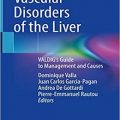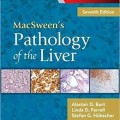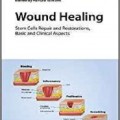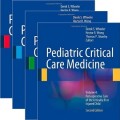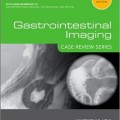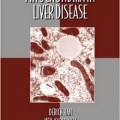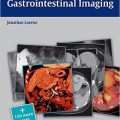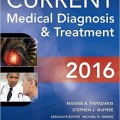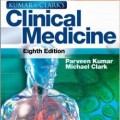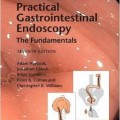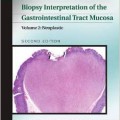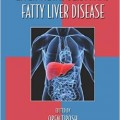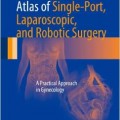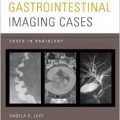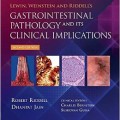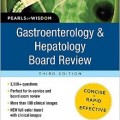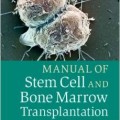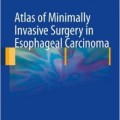دانلود کتاب سلول های بنیادی کبد: مواد، روش ها و پروتکل
Liver Stem Cells: Methods and Protocols
Increasing evidence suggests that liver stem cells have the capacity to differentiate into parenchymal hepatocytes or into bile ductular cells. These stem cells may be activated to proliferate after severe liver injury or exposure to hepatocarcinogens. Stem cell replacement strategies are being investigated as an alternative approach to liver repair and regeneration. Additionally, stem cell transplantation has been shown to significantly improve liver function and increase survival in experimentally-induced liver-injury models in animals. In Liver Stem Cells: Methods and Protocols, expert researchers focus on several hepatic progenitor cells, hepatic differentiation form stem cells, bile ductal cell formation from stem cells, liver stem cells and hepatocarcinogenesi, and application of liver stem cells for cell therapy. These topics shed light on stem cell technology which may lead to the development of effective clinical modalities for human liver diseases. Written in the highly successful Methods in Molecular Biology™ series format, chapters include introductions to their respective topics, lists of the necessary materials and reagents, step-by-step, readily reproducible laboratory protocols, and key tips on troubleshooting and avoiding known pitfalls.
Thorough and intuitive, Liver Stem Cells: Methods and Protocols seeks to aid scientists in the further study of preclinical and clinical investigations that explore the therapeutic potential of stem cells in repair of liver injuries.
Review
From the reviews:
“The brief and concise preface written by Prof. Takahiro Ochiya is particularly well addressed to scholars belonging to different scientific fields: cellular and molecular biology, liver and cancer biology, tissue engineering and stem cell therapy. … This book is properly arriving on the desks of those interested in the biology of this organ that already from the Greeks times, as the myth of Prometheus revealed, possess a very high proliferative capacity (after an injury).” (CarloAlberto Redi, European Journal of Histochemistry, Vol. 57, 2013)
From the Back Cover
Increasing evidence suggests that liver stem cells have the capacity to differentiate into parenchymal hepatocytes or into bile ductular cells. These stem cells may be activated to proliferate after severe liver injury or exposure to hepatocarcinogens. Stem cell replacement strategies are being investigated as an alternative approach to liver repair and regeneration. Additionally, stem cell transplantation has been shown to significantly improve liver function and increase survival in experimentally-induced liver-injury models in animals. In Liver Stem Cells: Methods and Protocols, expert researchers focus on several hepatic progenitor cells, hepatic differentiation form stem cells, bile ductal cell formation from stem cells, liver stem cells and hepatocarcinogenesi, and application of liver stem cells for cell therapy. These topics shed light on stem cell technology which may lead to the development of effective clinical modalities for human liver diseases. Written in the highly successful Methods in Molecular Biology™ series format, chapters include introductions to their respective topics, lists of the necessary materials and reagents, step-by-step, readily reproducible laboratory protocols, and key tips on troubleshooting and avoiding known pitfalls.
Thorough and intuitive, Liver Stem Cells: Methods and Protocols seeks to aid sc
ientists in the further study of preclinical and clinical investigations that explore the therapeutic potential of stem cells in repair of liver injuries.



